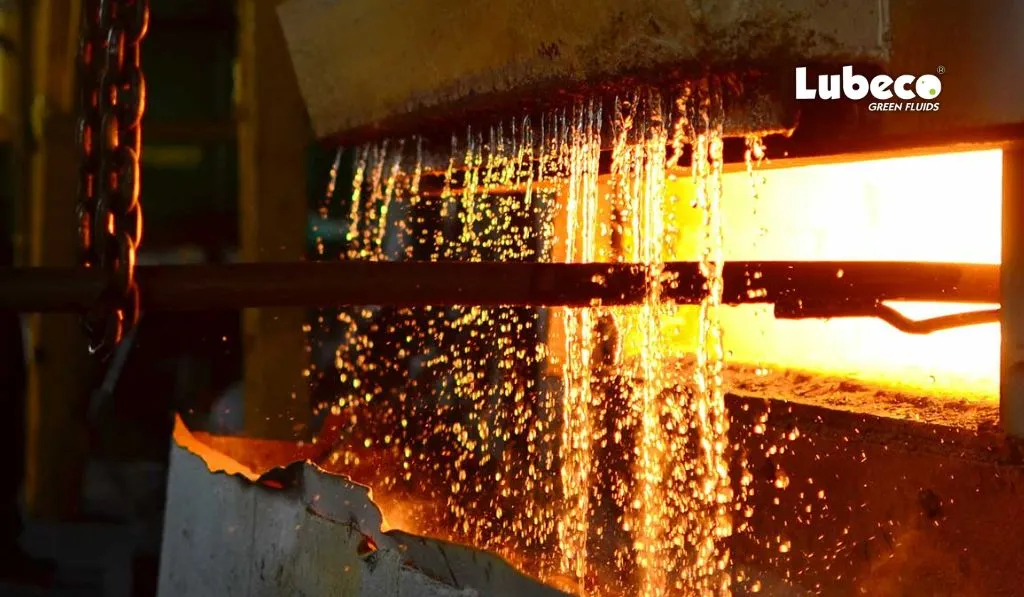Introduction:
Choosing the right quenching oil is a crucial step in the heat treatment process, impacting the hardness, strength, and overall quality of metal components. In this straightforward guide, we’ll break down the factors to consider when selecting quenching oil, providing you with the knowledge needed to make informed choices for your specific heat treatment applications.
Understanding Your Metal:
Before delving into the selection process, it’s essential to understand the composition of the metal you’re working with. Different metals and alloys have unique heat treatment requirements, and the choice of quenching oil should align with these specific needs.
Identify the Material:
Determine the type of metal or alloy you’re heat treating. Common metals like steel, aluminum, and copper may require different quenching oils based on their heat treatment characteristics.
Know the Hardenability:
Assess the hardenability of the material, which indicates its ability to achieve a specified hardness level through heat treatment. This information is crucial in determining the appropriate quenching speed required for optimal results.
Consider the Application:
The intended use of the heat-treated metal also influences the selection of quenching oil. Different applications may require specific properties, such as hardness, toughness, or surface finish.
Define Mechanical Properties:
Clearly outline the desired mechanical properties of the finished product. Whether you need high hardness for cutting tools or improved toughness for structural components, understanding these requirements guides the choice of quenching oil.
Consider Distortion Tolerance:
Evaluate the tolerance for distortion in the final product. Some applications may prioritize minimal distortion, requiring a slower quenching oil to achieve controlled cooling and reduce the risk of warping.
Assess the Quench Severity:
The quench severity, or the rate at which the metal is cooled, is a critical factor in choosing the right quenching oil. Matching the quench severity to the hardenability of the material ensures uniform and consistent results.
Select Quenching Speed:
Determine the appropriate quenching speed based on the hardenability of the material. Faster quenching oils are suitable for high hardenability alloys, while slower oils are ideal for materials with lower hardenability.
Avoid Excessive Quenching:
Be cautious of excessively fast quenching, as it can lead to cracking and other defects. Striking a balance between achieving the desired hardness and preventing unwanted issues is crucial for successful heat treatment.
Temperature Considerations:
Maintaining the correct quenching oil temperature is vital for effective heat treatment. Deviations from the recommended temperature range can impact the final properties of the metal.
Monitor Oil Temperature:
Regularly monitor and control the temperature of the quenching oil. Deviations from the recommended temperature range can affect the cooling rate and, consequently, the achieved hardness.
Use Temperature Control Devices:
Employ temperature control devices, such as thermocouples, to ensure accurate monitoring and adjustment of the quenching oil temperature. Consistent temperatures contribute to reliable and repeatable heat treatment results.
Practical Considerations:
In addition to the technical aspects, practical considerations play a role in choosing quenching oil. Factors such as cost, availability, and safety should not be overlooked.
Cost-Effectiveness:
Evaluate the cost-effectiveness of the quenching oil, considering both the initial investment and the long-term benefits in terms of improved metal properties.
Availability and Storage:
Ensure that the chosen quenching oil is readily available and easy to store. Proper storage conditions are essential to maintain the oil’s effectiveness over time.
Safety Measures:
Consider safety aspects, including the flashpoint and fire resistance of the quenching oil. Implement necessary safety measures to prevent accidents and ensure a secure working environment.
Conclusion:
Choosing the right quenching oil is a blend of science and practicality. By understanding the material, assessing application requirements, considering quench severity, monitoring temperatures, and factoring in practical considerations, you can make informed decisions that lead to successful heat treatment outcomes. Remember, each metal and application is unique, so adapting your approach based on specific requirements will help you achieve the desired results and enhance the performance of your heat-treated components.










